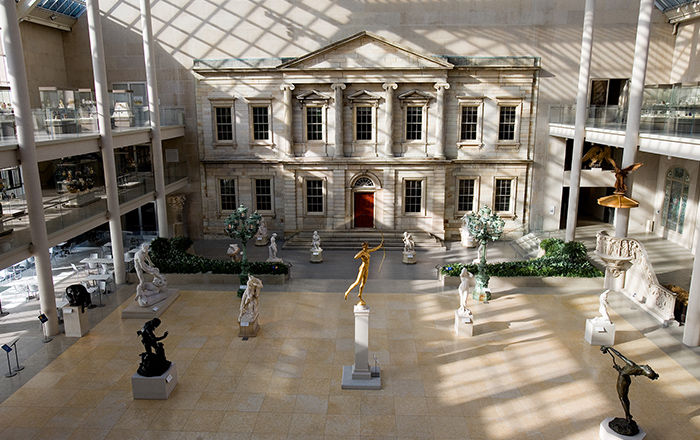Ernestine Schuman-Heink (1861–1936)
Mary Sully Native American
Mary Sully, born Susan Deloria on the Standing Rock Reservation in South Dakota, was a little-known, reclusive Yankton Dakota artist who, between the 1920s and the 1940s, created groundbreaking works informed by her Native American and settler ancestry. Working without patronage, in near obscurity, and largely self-taught, Sully produced some two hundred intricately designed and vividly colored drawings that complicate traditional notions of Native American and modern art. They mix meaningful aspects of her Dakota heritage with visual elements observed from other Native nations and the aesthetics of urban life. Euro-American celebrities from popular culture, politics, and religion inspired some of her most striking works, which she called “personality prints”—abstract portraits arranged as vertical triptychs. Together, Sully’s works offer a fresh, complex lens through which to consider American art and life in the early twentieth century.
Ernestine Schuman-Heink, an opera singer of German-Bohemian descent, was celebrated for the beauty, richness, and range of her contralto voice. Acclaimed for her performances of the music of Richard Wagner in Europe, she became a regular stage presence at New York’s Metropolitan Opera beginning in the 1890s. In her later years, Schuman-Heink also had a weekly radio program and, after losing nearly all her assets in the Wall Street Crash of 1929, relaunched her career at the age of sixty-nine. Sully’s rendering evokes the bouquets of flowers the singer would have received when taking her bows, while the zigzag pattern on the bottom panel suggests Plains women’s quillwork designs.
